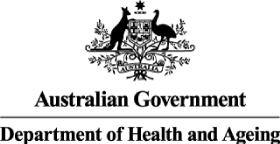Aboriginal and Torres Strait Islander peoples have a right to full participation in decisions affecting their health


joint planning processes to allow for full participation in decision making and priority setting;
transparent and regular reporting;
improved service delivery through greater cooperation among key players, and more efficient coordination; and
better understanding among key players of one another’s roles and responsibilities.
- Mick Adams
- National Aboriginal Community Controlled Health Organisation, Canberra, ACT
Correspondence:
Online responses are no longer available. Please refer to our instructions for authors page for more information.




